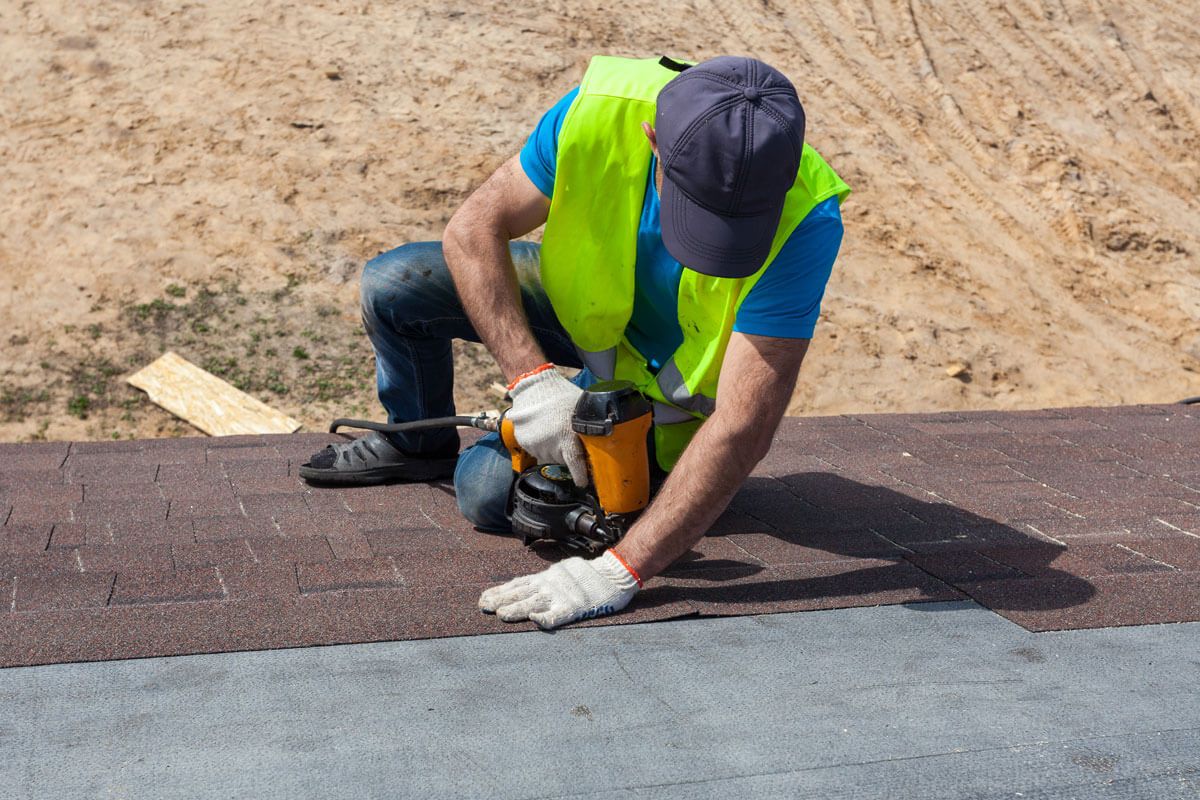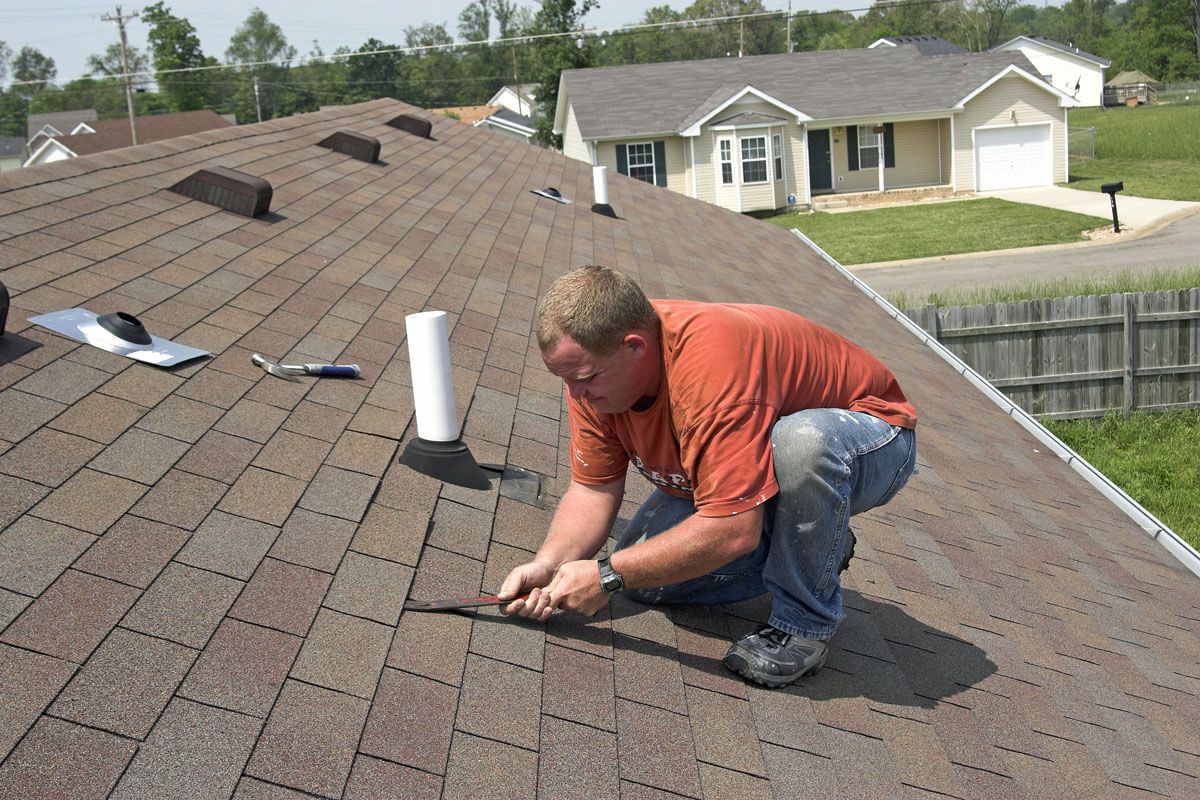Insurance for Roof Repairs: How to Maximize Your Claim
Insurance for Roof Repairs: How to Maximize Your Claim

Roof repair through insurance can be a complex process to navigate, yet it’s essential to make the most of your coverage when your roof is damaged due to unforeseen events. Understanding the insurance process can maximize the benefits you receive, help you avoid out-of-pocket costs, and restore your home with minimal stress. This guide will provide insights, steps, and tips on how to approach
roof repair through insurance, giving you a clear pathway to success.
Key Takeaways
- Act Quickly: After damage, assess and document your roof’s condition right away to streamline your roof repair through insurance.
- Know Your Policy: Familiarize yourself with coverage specifics, including deductibles and any exclusions.
- Seek Professional Help: Trusted roofing professionals can assess the damage and manage communication with your insurance provider.
- Document Everything: Keep thorough records of inspections, communications, and repairs.
Overview
For homeowners, understanding how to approach roof repair through insurance is crucial for making the process efficient and securing the best results. From knowing what’s covered in your policy to documenting damage meticulously, this guide equips you with the tools and knowledge to handle every step confidently. With the right preparation, you can ensure that your roof repair through insurance is completed efficiently and effectively, protecting your home from further harm.
How to Navigate Roof Repair Through Insurance Claims
Navigating roof repair through insurance claims can feel overwhelming, but understanding the process makes it manageable. Start by reviewing your policy to know what’s covered, as some policies only cover specific damage types, such as those caused by storms or accidents. After a damaging event, document the damage with photos and notes to strengthen your claim. Contact your insurance company promptly to file a claim, and be prepared for an adjuster to assess the damage. Having a reliable roofing contractor can make a difference; they can provide an accurate estimate and may even assist in communicating with your insurer. Ensure that all documentation, including contractor estimates and receipts, is organized and ready to share with your insurance company. With thorough preparation, clear documentation, and professional support, you can successfully navigate the insurance claim process, helping to ensure timely roof repairs without unexpected out-of-pocket costs.
Understanding Your Insurance Policy
Your homeowner’s insurance policy is the first step in roof repair through insurance. Key aspects to consider include:
- Coverage Details: Policies often cover damages caused by storms, fire, or fallen trees, but it’s essential to confirm the specifics of what’s covered for your roof repair through insurance.
- Deductibles: Know the amount you’ll need to pay before coverage kicks in, as this varies between policies.
- Exclusions: Be aware of damages typically excluded, like wear and tear or neglect, which are common policy limitations.
Being familiar with these factors helps avoid surprises and lets you manage your roof repair through insurance with realistic expectations.
Assessing and Documenting Roof Damage
Immediately after an incident, inspect your roof if it’s safe to do so. This is a critical part of your roof repair through insurance, as clear documentation is needed to support your claim:
- Photographs and Videos: Take photos and videos from multiple angles to provide visual evidence of damage.
- Detailed Notes: Write down descriptions of the damage, date of the incident, and any observations.
Proper documentation is essential to streamline your roof repair through insurance, as it allows you to present undeniable evidence to your provider.
Initiating the Insurance Claim
Once you’ve documented the damage, reach out to your insurance company to start the claim. Quick reporting can be vital for a successful roof repair through insurance, as many policies have filing deadlines. Provide your policy number, detailed descriptions of the damage, and supporting documentation.
Engaging Professional Help
A reputable roofing contractor can be invaluable when navigating roof repair through insurance. An experienced contractor can inspect, assess, and give a detailed damage report, which helps in discussions with your insurance adjuster. Seek a contractor who is licensed, insured, and knowledgeable about the insurance process.
In more complex claims, a public adjuster may also be beneficial, especially if there are disagreements with the insurance provider regarding your roof repair through insurance. A public adjuster will represent your interests and work to secure a fair settlement.
Managing the Claims Process
Throughout your roof repair through insurance claim, maintain records of all communications with your insurer and roofing contractor. Emails, letters, and even notes from phone calls can prove useful if disputes arise.
Keeping organized records can streamline the process and ensure you have everything on hand should you need it for follow-up.
Temporary Repairs and Mitigation
To prevent additional damage, you may need to make temporary repairs, such as covering exposed areas with tarps. Be sure to save receipts for any materials or services, as you might be able to claim these expenses in your roof repair through insurance process.
Finalizing the Claim and Repairs
After your insurance claim is approved, coordinate with your roofing contractor to begin the repairs. Make sure the work is completed to your satisfaction and that it meets local building codes. Once finished, notify your insurance provider to finalize your roof repair through insurance claim.
If you're seeking expert help with roof repair through insurance,
Spring Valley Roofing is here to assist you. Contact our team in West Chester, PA, at 610-948-5207 for guidance through every step of the claims process. We are committed to providing quality roof repairs that restore the safety and security of your home.
FAQs
Q. What types of roof damage are typically covered by homeowners' insurance?
A.
Most policies cover damage from unexpected events like storms or fire. However, exclusions, such as wear and tear or poor maintenance, often apply to roof repair through insurance.
Q. How long do I have to file an insurance claim for roof damage?
A.
Filing timelines vary, but it’s best to start a roof repair through insurance claim as soon as possible. Check your policy for specific timeframes.
Q. Can I choose my own contractor for repairs?
A.
Yes, you can typically choose your own contractor for roof repair through insurance. Ensure they have experience working with insurance claims.
Q. What if my roof repair insurance claim is denied?
A.
If denied, you can appeal. Consider consulting a public adjuster who specializes in roof repair through insurance claims.
Q. Does filing a roof repair claim increase my insurance premiums?
A.
Sometimes claims may lead to higher premiums, depending on the provider and the nature of the claim. Weigh the cost of repairs against possible premium changes.
Conclusion
Roof repair through insurance can seem complex, but with timely action, thorough documentation, and professional guidance, it becomes manageable. By taking these steps, you can navigate the process effectively, restoring your home’s integrity without undue financial strain. Remember, professional assistance is invaluable to make sure your roof repair through insurance is handled with expertise and efficiency.



